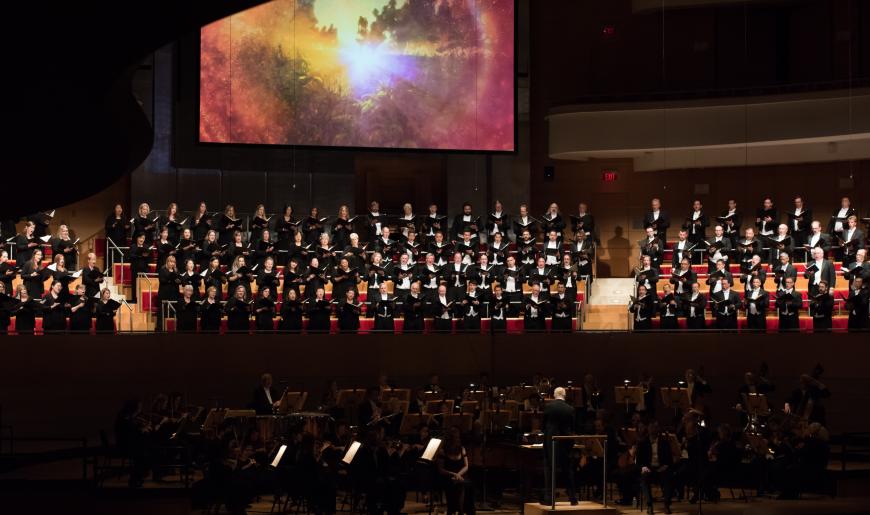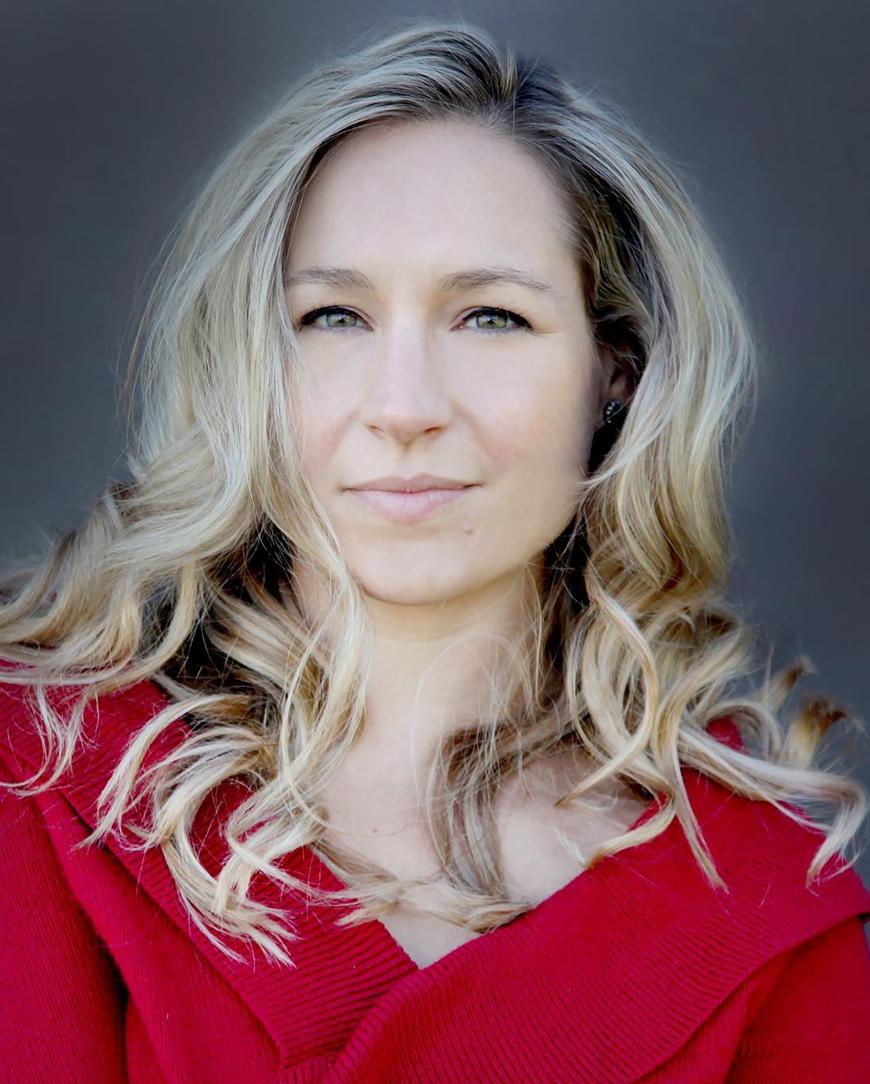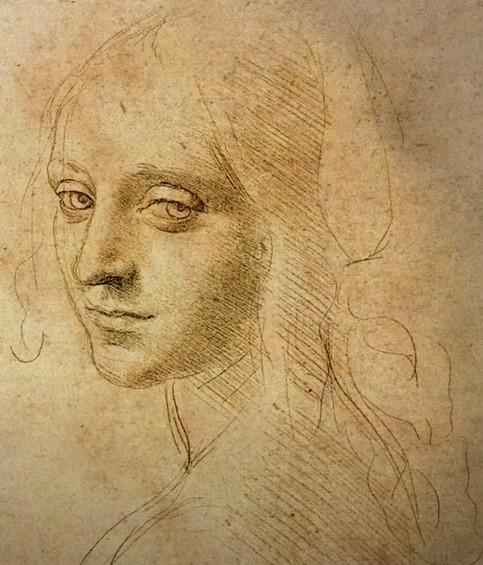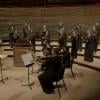
The name Leonardo da Vinci brings to mind a brilliant artist. But he was also a scientist and inventor, and his numerous notebooks (more than 5,000 pages have been found) are filled with sketches, drawings of scientific and geometrical diagrams, and personal musings, and they are sometimes displayed in galleries. In 2016, composer Jocelyn Hagen attended an exhibit of some of these notebooks, called the Codex Leicester, at the Minneapolis Institute of Art and was deeply inspired.
Several years earlier, in 2014, Hagen had come across something entirely different yet somehow related that had also inspired her. It was Muséik, a very advanced digital software which synchss visuals to music during a live performance.
“I found out about the technology in 2014 and considered using it for an opera that I was doing,” she said. “And then it turned out that we didn’t need something that sophisticated for the opera, so I didn’t end up using it. But it kind of sparked the idea that I should make a multimedia symphony.”

As fate would have it, Hagen had already been commissioned by a consortium of orchestras to write a piece first premiering with the Metropolitan Symphony Orchestra and the Minnesota Chorale, so she pitched them the multimedia symphony idea, and they said yes. Thus began her long journey to create The Notebooks of Leonardo da Vinci, an orchestral and choral work that is accompanied by projections of animated pages of words and drawings taken from da Vinci’s manuscripts.
The piece will be performed by the Grammy Award-winning Pacific Chorale on Saturday, Oct. 15 at 8 p.m. at the Renée and Henry Segerstrom Concert Hall in Costa Mesa. Led by Artistic Director Robert Istad, the choir will be accompanied by Pacific Symphony in a program that also includes Maurice Duruflé’s Requiem. (Tickets are available here.)
It took Hagen four years to complete the project. She meticulously studied da Vinci’s notebooks and collaborated with experimental filmmakers and video artists Isaac Gale, Joseph Midthun, and Justin Schell, who helped her realize her vision.
“Big ideas like that take a long time to come to fruition,” said Hagen. “The first two years were simply research — figuring out how I’m going to do this and how I’m going to fund it. I think I bought eight books on da Vinci and probably got about halfway through half of them. I had pages and pages of text, and I could have written a two-hour-long piece just based on all the ideas I had and all the great things that he wrote about. But when it came right down to it, I just had to pick my favorites.”
Notebooks started touring in 2019 to commemorate the 500th anniversary of da Vinci’s death, but the tour paused due to COVID. And sadly, the performance scheduled at Carnegie Hall on April 19, 2020, Hagen’s 40th birthday, was canceled — a huge disappointment for her because many members of her family were planning to fly in from Minnesota to sing in it.

Hagen had always been interested in merging music with visuals, but this was the first time she was able to realize that dream.
“I’m a very visual person — I love it when visuals and music are synched,” she said. “And because of that, I conceived of some of the music [and] visuals together. It was a really neat collaboration with filmmaker Isaac Gale. I wrote the music first, and then he matched me. One of the reasons why I wanted to work with him was because he is also a musician, so he really understood timing and pacing and was able to feel what I was getting at with the music, even with just the computer score.”
The nine movements in the piece are titled “Painting and Drawing,” “Practice,” “Ripples,” “The Greatest Good,” “The Vitruvian Man,” “Invention,” “Nature,” “Perception,” and “Look at the Stars,” and each tells a slightly different story. The libretto is taken directly from the notebooks, which were written in Italian and read in reverse from right to left, which is the way da Vinci wrote. Hagen explained that there have been hundreds of translations done over the years and that she just chose the ones that stuck with her.
Hagen says she is pleased with the way Notebooks came out, though along the way she did make some improvements. And it has definitely helped to get her name out.
“It’s gotten quite popular,” she said. “People know my name now because of that work, and I’m proud of that. I think it’s a good piece to be known for.”


